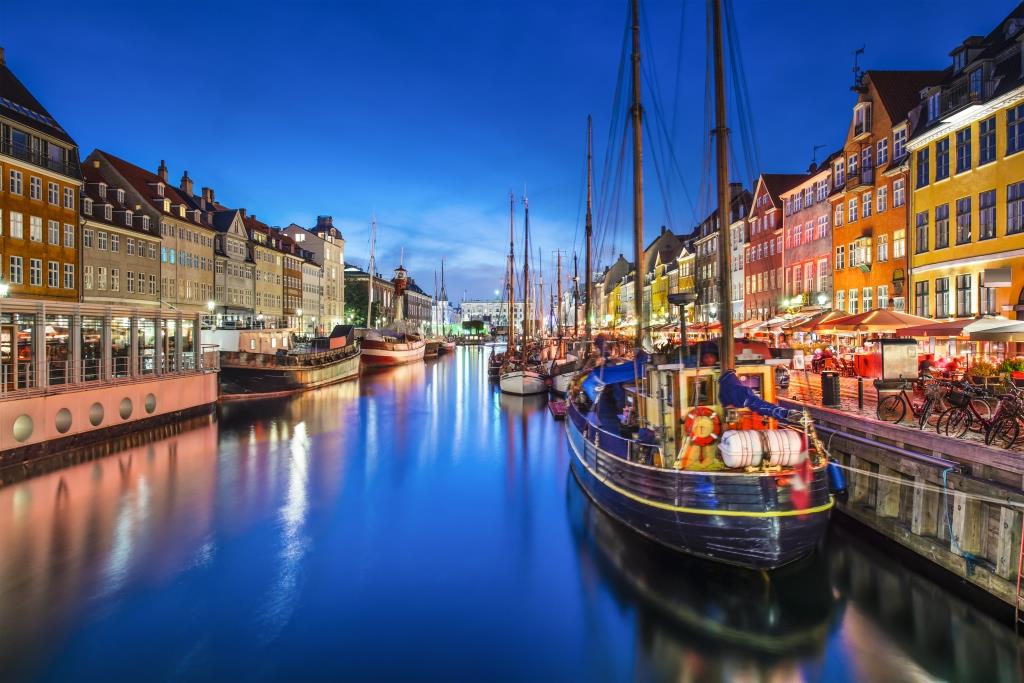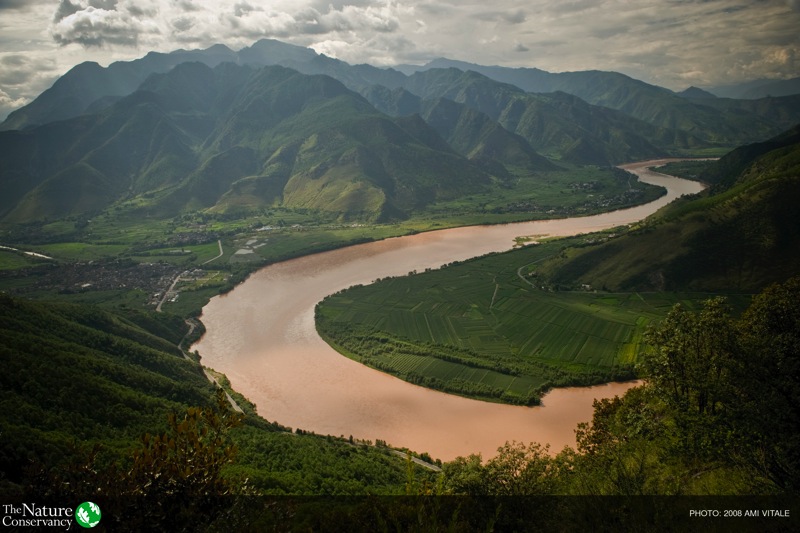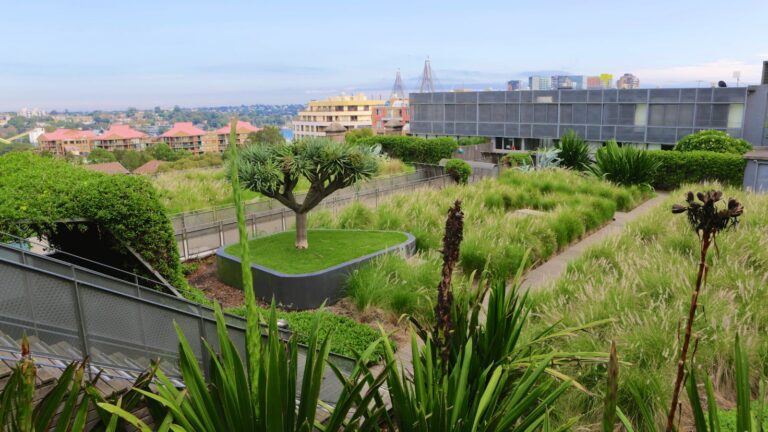Paradoxes Of A Smart City – Part 2: Integrated Urban Systems vs. Resilience
In our first “Paradoxes of a Smart City” post we explored the Jevons paradox and argued that cities need to ensure that efficiency gains achieved through the deployment of smart solutions are not offset by an increase in absolute resource use. Another potential paradox faced by cities in pursuit of ‘smartness’ concerns systems integration and resilience.
Cities are sometimes described as ‘system of systems’ since they consist of complex, interacting and interdependent infrastructures, flows and causalities. As in a human body, the various systems interact with one another and are highly interdependent: the transport system enables the movement of goods and people, fueling the economic and social systems. Fiber optic infrastructure allows for an ever-faster flow of information, facilitating urban governance and decision making. Food, water and energy are all strongly interlinked systems that are vital for meeting basic human needs.

It is generally agreed that Smart Cities seek to optimize their systems by increasing integration, through approaches like the Increased interoperability, seamless system integration and automation are seen as having the potential to deliver substantial efficiency gains and eliminate redundancy. Paradoxically, however, the integration of systems for efficiency gains may compromise the resilience of an urban system. When system integration becomes systemic interdependence, the autonomy of single urban systems to function when others fail is eroded.
The Danger of Disrupted Urban Systems
It’s not difficult to find real-life examples of integrated urban systems with the consequent potential for wide-reaching disruption. In July 2012, a record power outage left 600 million people in 20 Indian states without electricity. Three power grid failures set off a cascade of effects that rippled through the states’ urban systems. Delhi’s subway system, for example, which is used by approximately 1.8 million passengers on a daily basis, went out of service while the dysfunctional traffic lights caused chaos on the capital’s streets.
In the United States, natural disasters such as Hurricanes Katrina and Sandy have tested the resilience of major urban systems such as New Orleans and New York with equally bleak results, and with repercussions at a city-wide level.
In both countries, increasing energy resiliency is a key political objective. In India, it is a vital component of the national 100 Smart Cities initiative which foresees, amongst other developments, the implementation of eight smart grid pilot projects. In the United States, micro grids are increasingly being deployed to prevent city-wide power outages in case of severe weather events by islanding them from failing central grids.
The Potential of Diversification
In some cases, the smartest solution to a resiliency problem may be to favor relatively low levels of integration between certain systems and to allow for redundancy. Copenhagen’s Cloudburst Mitigation Plan was developed in response to a major flash flood event that struck Denmark’s capital in July 2010. The set of proposed solutions encompasses green and blue infrastructure such as permeable surfaces and stream buffers in addition to traditional grey measures. The two systems are complementary but retain a degree of independence. While the nature-based solutions absorb the initial shock, the grey infrastructure acts as a back-up system. Moreover, the removal of concrete and reintroduction of vegetation to the cityscape offers multiple co-benefits such as enhanced livability.
Ultimately, Smart Cities will need to decide for themselves which approach is most appropriate for their local context and what role technological or other solutions should play. But these decisions are not always easy: there is not always a ‘win-win’ solution. There may be tradeoffs, and these need to be taken into account by both decision makers and solution suppliers.







